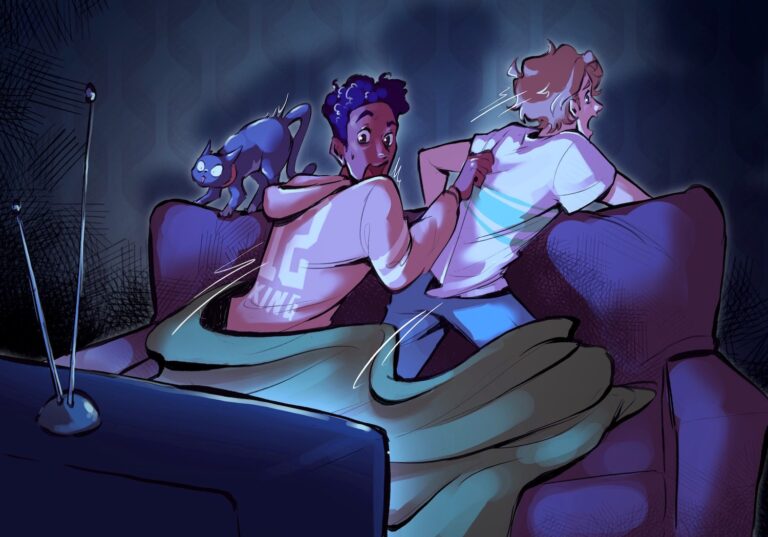Add a new holiday to your calendar this year. Then sit back and enjoy because a couch and a TV is all you really need to celebrate.
Oct. 23 is National Horror Movie Day. Yes, there is now a official day for this. Formed this year in a partnership between NationalDayCalendar.com and Black Vortex Cinema, a horror-friendly company that produces films, books, podcasts and immersive events. A week before Halloween, the aim is simple: Go enjoy a good horror movie.
BVC’s Christian Ackerman, a film producer, founded the holiday to “promote the beauty and cathartic thrills of being scared by great horror films,” according to nationaldaycalendar.com.
And if you’re wondering, Oct. 23 was chosen by BVC in honor of filmmaker Sam Raimi’s birthday.
They recommend celebrating the day in the following ways:
*Plan a horror movie watch party with friends and family. Pick a new movie every night starting October 23 through Halloween.
*Throw a costume party in celebration of the Halloween season and have guests dress up in their favorite horror movie character. Remember to prepare your food and drinks around horror movie inspiration.
*Attend a horror movie convention or film festival, you’ll experience love and acceptance unlike any other place.
*Visit a haunted house and see how many of your favorite horror movie characters are scaring the jeepers out of you.
*Read a horror book that has been adapted to the big screen. Authors like Stephen King are favorites among readers and horror movie buffs.
*Support independent horror by watching an indie horror film or short horror movie created by independent filmmakers. Independent horror often brings fresh and unique perspectives to the genre.
*Share your love for horror movies by connecting with others who love horror, too. Share your favorite films and horror movie party ideas on social media using #NationalHorrorMovieDay.
In honor of the inaugural event, Halloween Every Night put together a list of nine great horror films — all celebrating big anniversaries in 2023 — that give viewers a classic to watch each night until Halloween. Settle in and enjoy.

●King Kong (1933) …The first real giant monster movie, Kong is also a misunderstood and mistreated character. Time has only strengthened the film’s sense of man’s hubris and cruelty toward animals and nature. Fay Wray’s iconic scream queen performance is only outmatched by the pioneering stop-motion special effects of Willis O’Brien. The film was added to the National Film Registry in 1991.
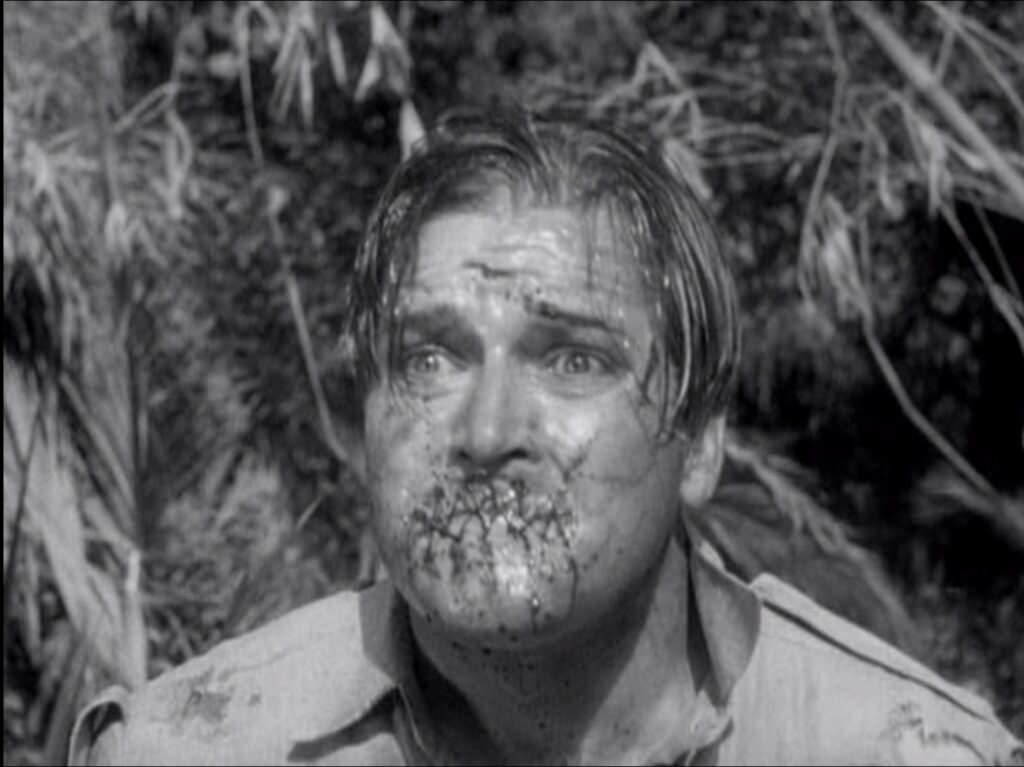
●Murders in the Zoo (1933) … Surprisingly dark and gleefully violent for its time — yet probably tame for some modern audiences — the film made a perfect argument for the infamous Hays Code of film self censorship which came a year later. While the film seems to reflect a sense of anger and brutality people likely felt about the Great Depression, it is also a real showcase for bad guy Lionel Atwill, who plays a man who tortures or kills his wife’s lovers.
Because of the Hays Code, films like Frankenstein, King Kong, and others would be edited for re-release in theaters (what studios did with movies in the years before they were shown on TV), while films like Murders in the Zoo couldn’t be made at all in Hollywood. The Code tightly controlled what was seen and what topics could be addressed in films for decades. Filmmakers would have to be much more subtle until at least the 1960s.
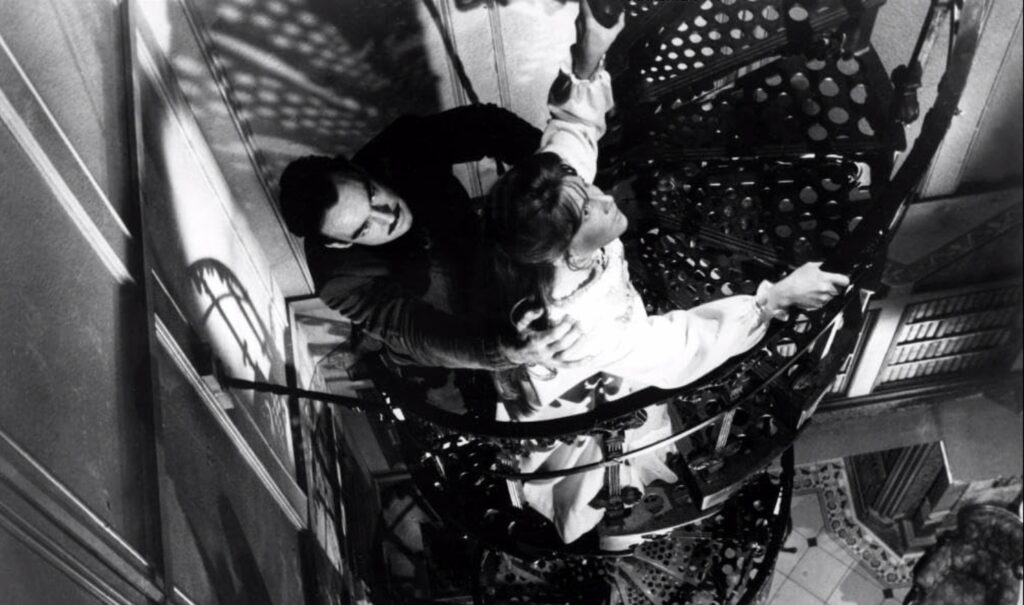
●The Haunting (1963) … Probably the best haunted house movie ever made. Based on Shirley Jackson’s classic novel The Haunting of Hill House, there are no big special effects. No monsters in make up. Just the use of sound, light, shadow, camera placement and good acting make for an excellent slow-boiling creep.
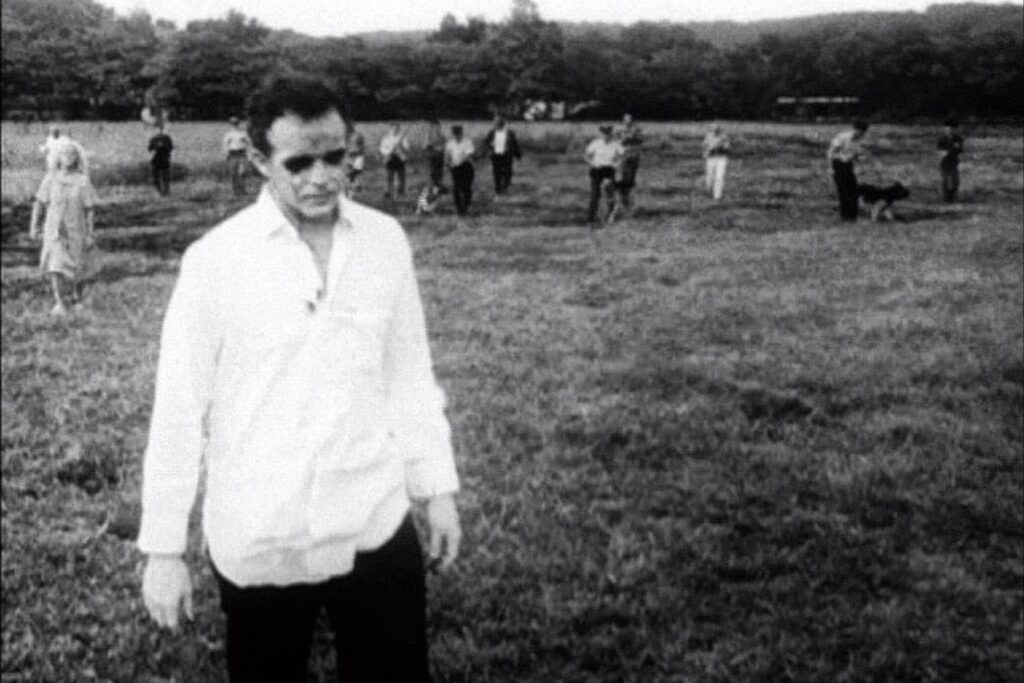
●Night of the Living Dead (1968) … The prototype for modern zombie films and TV shows. There was White Zombie, Revolt of the Zombies and I Walked with a Zombie before, but they leaned on the Haitian voodoo idea for slave-like living zombies. This film is a product of the late 1960s. It’s Cold War paranoia mixed with the civil rights movement and growing distrust of government, big business and institutions. Also, NOTLD is of historic significance because the star of the film is black, though no mention is made of his color. Silly by modern standards, but hugely significant in moving the needle toward greater diversity in film and TV. By the way, it’s also a fun, tense horror film tightly focused almost entirely inside a farm house and features a shock ending that continues to be one of the greatest in horror film history. The film was added to the National Film Registry in 1999.
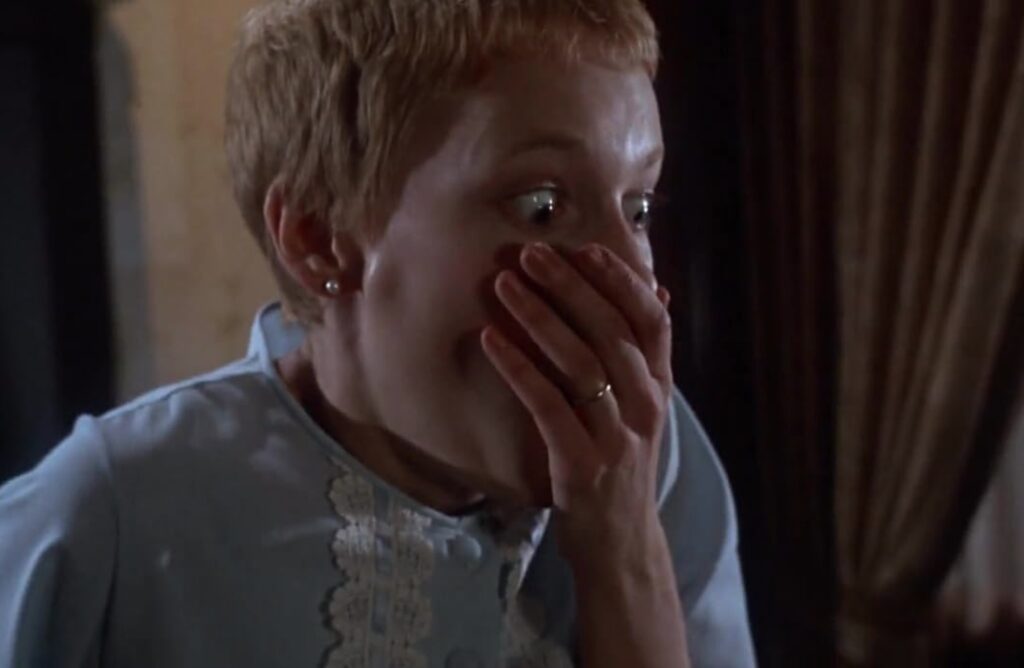
●Rosemary’s Baby (1968) … A landmark film and easily one of the best films of the 1960s, it remains a powerful allegory about women’s rights made during the sexual revolution. Great performances by Mia Farrow, John Cassavetes and a supporting cast of seasoned film and stage character actors, as well as Roman Polanski’s skilled direction make it sly, yet riveting. Though always considered one of the greatest horror films ever made, it has become newly relevant again in a post-Roe v. Wade America. In 2014, the film was added to the National Film Registry.

●The Exorcist (1973) … The first horror film to be nominated for Best Picture, the story of a young girl’s demonic possession became a pop culture sensation, despite attempts to ban it. Former documentarian William Friedkin gives the film a realism that helps balance the fantastic and, along with a strong, yet provocative screenplay and strong cast (featuring a then-12-year-old Linda Blair) the story of good vs. evil changed the horror landscape forever. The film was selected for the National Film Registry in 2010.
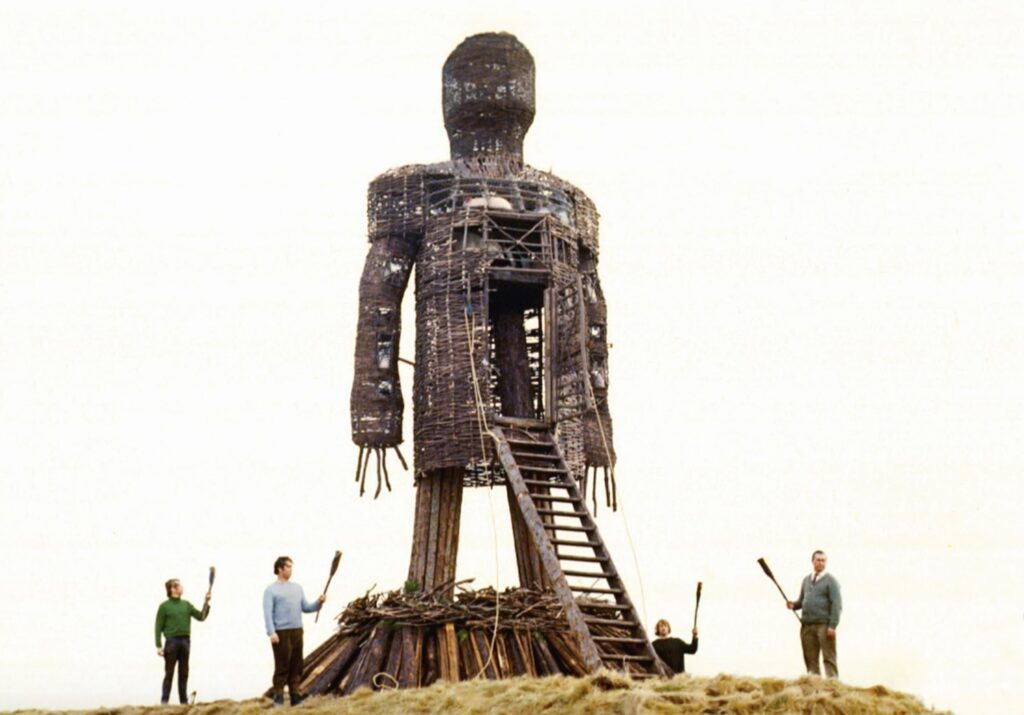
●The Wicker Man (1973) — The first great folk horror film is a slow-boiling tale of a devoutly Christian police officer pitted against pagan villagers while investigating the disappearance of a young girl. Led by Christopher Lee’s and Edward Woodward’s strong performances and smart production design, the film was only a minor success on its release, due to the film being cut multiple times. Fortunately, director Robin Hardy released a restored cut of the film in 1979 to critical acclaim. It has since come to be known as one of the greatest horror films ever made, while Lee said it was the best film of his career and Woodward said it was his best role.
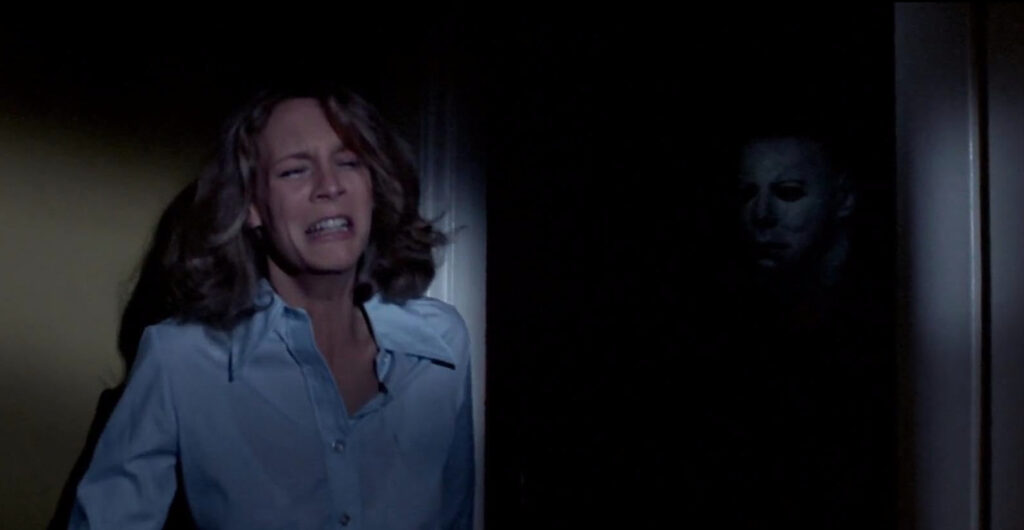
●Halloween (1978) … A movie built on urban myth and folklore. First, that every small town has a house teenagers believe is haunted, and second, that one of the foundations of the Celtic tradition of Samhain — a precursor to Halloween — that the night opens a door for the dead, and perhaps lost souls, to wreak havoc on the living. Filmmaker John Carpenter actually keeps the blood to a minimum, and clever direction puts the audience into the film, heightening the tension.
Unleashing an un-killable evil on suburbia was a wildly subversive indictment of a stagnant late ‘70s America. Halloween is hardly the first slasher film, but it’s the film that completely changed the sub-genre and made knife/axe/drill/hammer-wielding maniacs commonplace in much more bloody and cynically-made teenager-killing horror movies for a decade. It was selected for the National Film Registry in 2006.

●The Nightmare Before Christmas (1993) … The striking originality of Tim Burton’s story and director Henry Selick’s visuals created something jaded 1990s audiences had never seen before.
The film is a modern fairytale for (mostly) adults built on the foundations of their childhoods. Where German Expressionism meets Dr. Seuss, and Rankin/Bass meets Oingo Boingo. A dark romantic musical fantasy with stop-motion animation — a process considered all but dead when the film was released — and featuring music by Danny Elfman. A horror-adjacent holiday film that allowed Baby Boomers and Gen X’ers to re-evaluate the forms of entertainment they thought they’d outgrown.
Not only did TNBC bring a revival of stop motion animation, but also helped along a resurgence in cartoons for adults, begun by The Simpsons.

